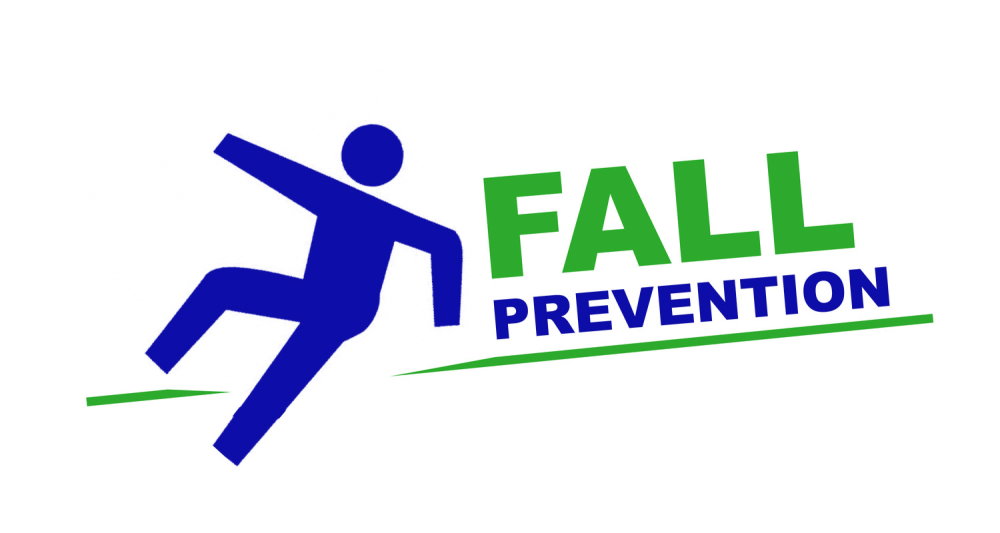
National Fall Prevention Awareness Month: A Call to Action
As autumn leaves begin to paint the landscape with vibrant hues, September marks more than just the change in seasons—it’s also National Fall Prevention Awareness Month. This annual observance, celebrated every September, highlights a crucial yet often overlooked issue: the prevention of falls, particularly among older adults. The kickoff of this month-long initiative serves as a vital reminder of the steps that can be taken to reduce fall risk and protect our loved ones.
Understanding the Impact of Falls
Falls are a significant health concern, particularly for older adults. According to the Centers for Disease Control and Prevention (CDC), one in four older adults falls each year, and falls are the leading cause of injury-related deaths in this age group. The impact of falls extends beyond physical injuries; they can also lead to a loss of independence, decreased quality of life, and substantial emotional and financial burdens.
Key Strategies for Fall Prevention
Home Safety Modifications: Ensuring that living spaces are free from fall hazards is essential. This includes removing tripping hazards like loose rugs, installing grab bars in bathrooms, improving lighting, and securing stair railings.
Physical Activity: Regular exercise can significantly reduce the risk of falls. Activities that enhance strength, balance, and flexibility—such as Tai Chi, walking, or strength training—are particularly beneficial.
Medication Management: Some medications can cause dizziness or affect balance. Regular reviews of medications with healthcare providers can help manage these risks and prevent adverse effects.
Vision and Hearing Checks: Impaired vision and hearing can increase the likelihood of falls. Regular eye and ear examinations ensure that any changes are addressed promptly.
Education and Awareness: Raising awareness about fall risks and prevention strategies is critical. Community programs and resources can provide valuable information and support.
The Role of Healthcare Providers
Healthcare professionals play a pivotal role in fall prevention. Routine assessments that include fall risk evaluations, personalized recommendations for reducing risk factors, and discussions about fall prevention strategies are essential components of care for older adults.
Community Engagement
Communities are also at the forefront of fall prevention efforts. Many local organizations, including senior centers, health departments, and non-profits, participate in National Fall Prevention Awareness Month by hosting workshops, distributing educational materials, and offering free screenings.
Getting Involved
Everyone can contribute to fall prevention efforts. Individuals can start by educating themselves and their families about fall risks and prevention strategies. Healthcare providers can use this month to promote fall risk assessments and preventive measures. Communities can collaborate to create safer environments and offer resources to those in need.
Conclusion
As National Fall Prevention Awareness Month kicks off, it’s an opportune time to reflect on the importance of fall prevention and to take actionable steps toward safeguarding our loved ones. By shining a light on the dangers of falls in seniors, we can collectively work towards reducing the incidence of falls and improving the quality of life for older adults. Let this September be a reminder of the impact we can make through awareness, education, and proactive measures

